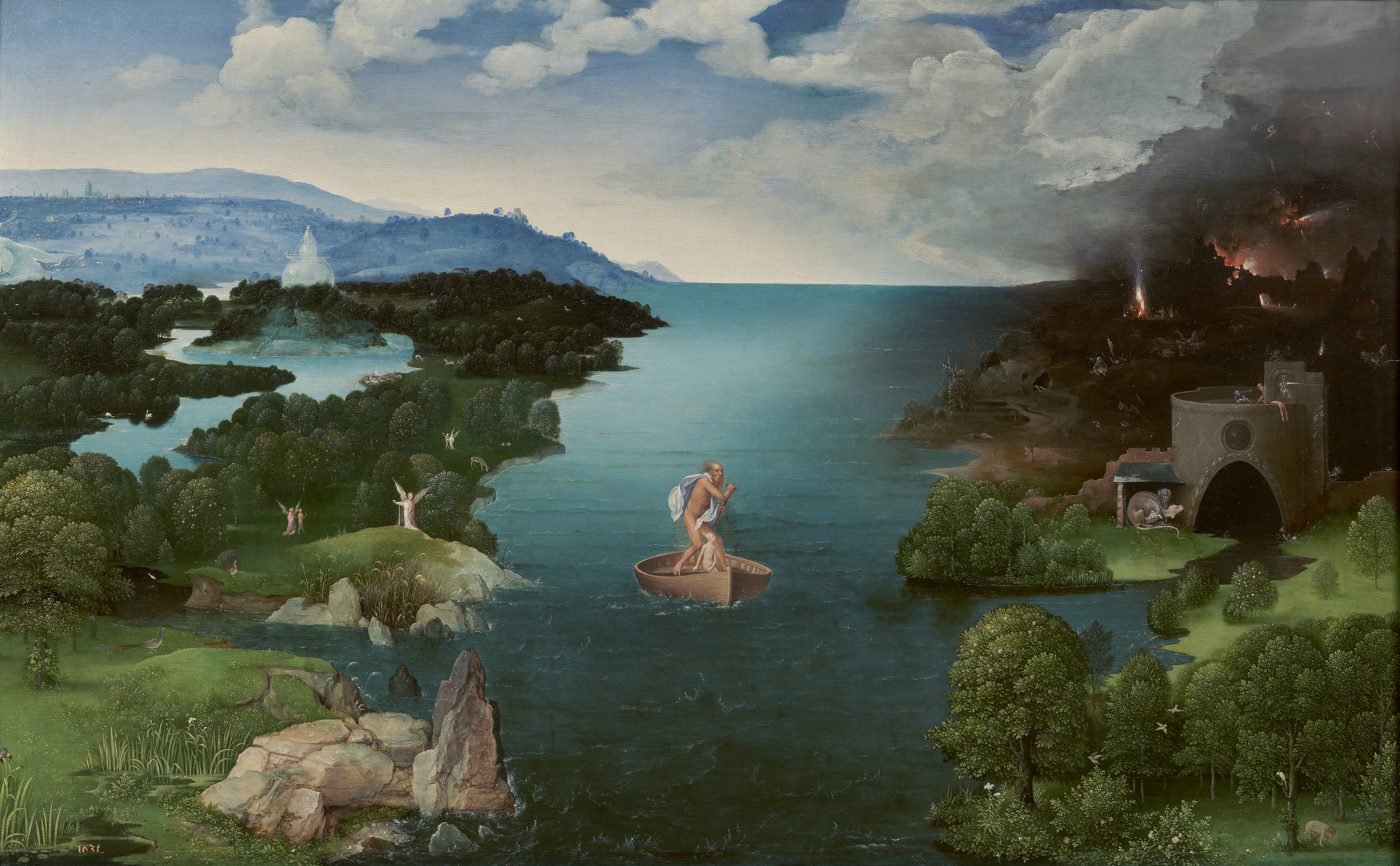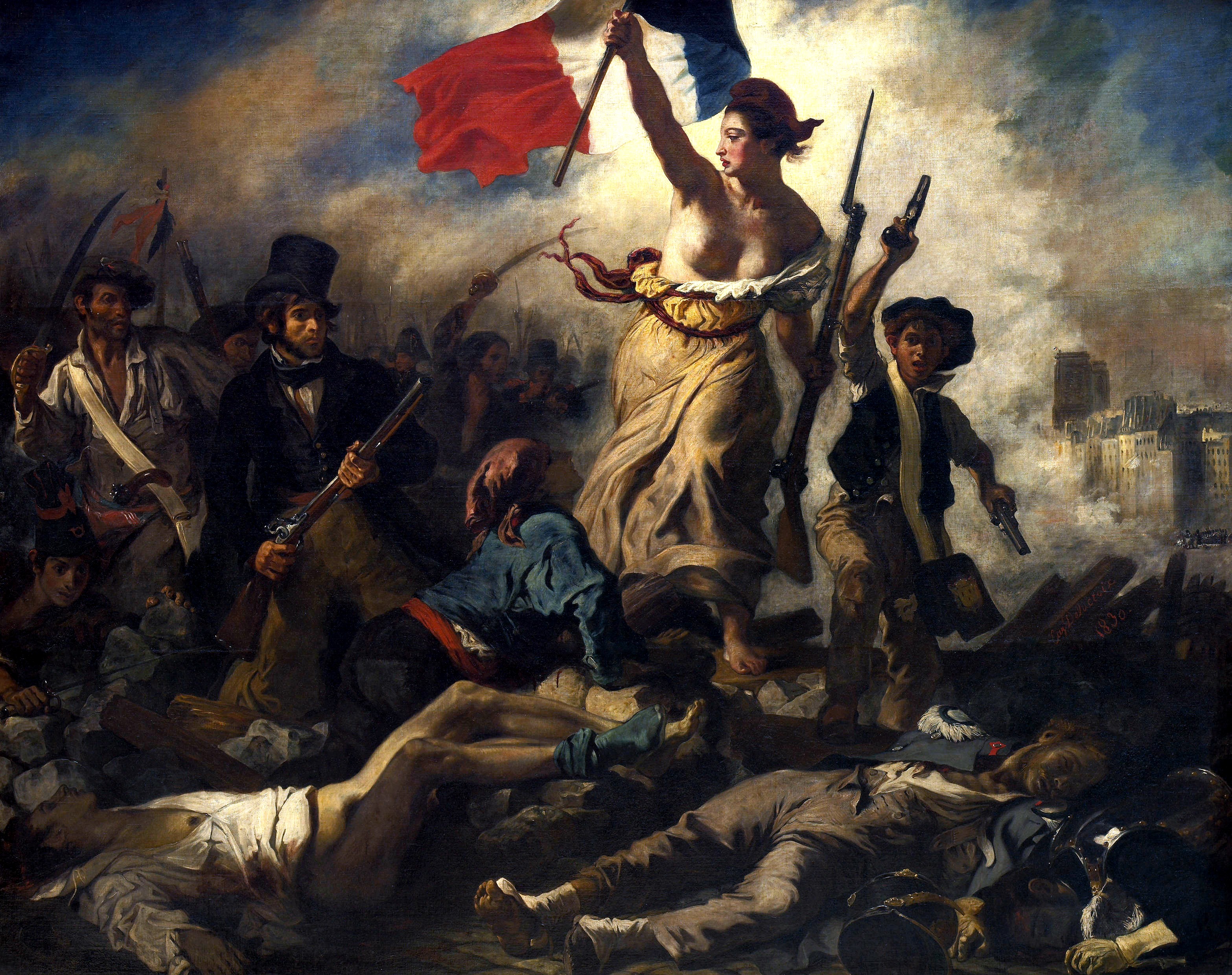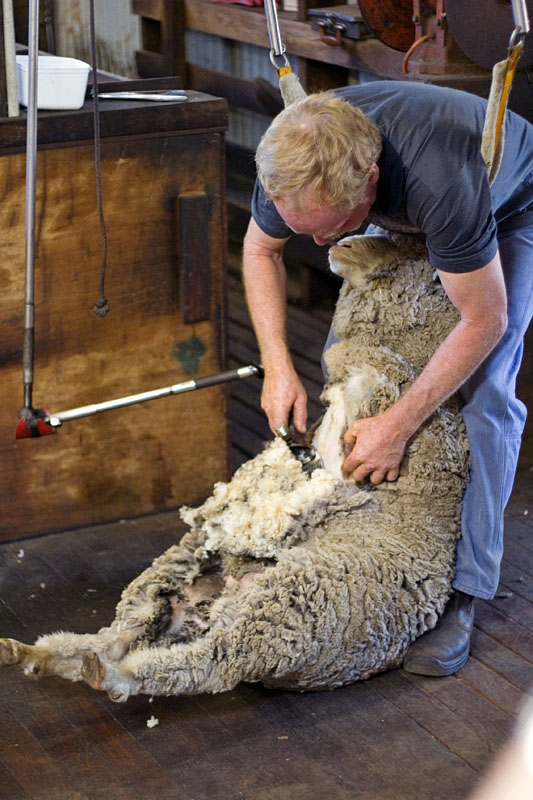|
Bailed Up
''Bailed Up'' is a 1895 painting by Australian artist Tom Roberts. The painting depicts a stage coach being held up by bushrangers in an isolated, forested section of a back road. The painting is part of the collection of the Art Gallery of New South Wales. and has been described by one former Senior Curator as "the greatest Australian landscape ever painted". Composition Roberts painted the work while staying at ''Newstead'' sheep station—near Inverell, New South Wales—owned by his friend Duncan Anderson. He had earlier painted '' The Golden Fleece'', his second painting depicting sheep shearing, while at ''Newstead''. The notorious bushranger Captain Thunderbolt had been active in the Inverell area more than twenty five years earlier and Roberts conceived an idea of painting a bushranging scene. Roberts found his location for the painting along the road between ''Newstead'' and ''Paradise'', a neighbouring station. The location was remote, on a flat bend on an ... [...More Info...] [...Related Items...] OR: [Wikipedia] [Google] [Baidu] |
Tom Roberts
Thomas William Roberts (8 March 185614 September 1931) was an English-born Australian artist and a key member of the Heidelberg School art movement, also known as Australian impressionism. After studying in Melbourne, he travelled to Europe in 1881 to further his training, and returned home in 1885, "primed with whatever was the latest in art". A leading proponent of painting ''en plein air'', he joined Frederick McCubbin in founding the Box Hill artists' camp, the first of several ''plein air'' camps frequented by members of the Heidelberg School. He also encouraged other artists to capture the national life of Australia, and while he is best known today for his "national narratives"—among them '' Shearing the Rams'' (1890), ''A break away!'' (1891) and '' Bailed Up'' (1895)—he earned a living as a portraitist, and in 1903 completed the commissioned work '' The Big Picture'', the most famous visual representation of the first Australian Parliament. Life Roberts was b ... [...More Info...] [...Related Items...] OR: [Wikipedia] [Google] [Baidu] |
Cobb And Co
Cobb & Co was the name used by many successful sometimes quite independent Australian coaching businesses. The first was established in 1853 by American Freeman Cobb and his partners. The name Cobb & Co grew to great prominence in the late 19th century, when it was carried by many stagecoaches carrying passengers and mail to various Australian goldfields, and later to many regional and remote areas of the Australian outback. The same name was used in New Zealand and Freeman Cobb used it in South Africa. Although the Queensland branch of the company made an effort to transition to automobiles in the early 20th century, high overhead costs and the growth of alternative transport options for mail, including rail and air, saw the final demise of Cobb & Co. The last Australian Cobb & Co stagecoach ran in Queensland in August 1924. Cobb & Co has become an established part of Australian folklore commemorated in art, literature and on screen. Today the name is used by a number of Aust ... [...More Info...] [...Related Items...] OR: [Wikipedia] [Google] [Baidu] |
Landscape Paintings
Landscape painting, also known as landscape art, is the depiction of natural scenery such as mountains, valleys, trees, rivers, and forests, especially where the main subject is a wide view—with its elements arranged into a coherent composition. In other works, landscape backgrounds for figures can still form an important part of the work. Sky is almost always included in the view, and weather is often an element of the composition. Detailed landscapes as a distinct subject are not found in all artistic traditions, and develop when there is already a sophisticated tradition of representing other subjects. Two main traditions spring from Western painting and Chinese art, going back well over a thousand years in both cases. The recognition of a spiritual element in landscape art is present from its beginnings in East Asian art, drawing on Daoism and other philosophical traditions, but in the West only becomes explicit with Romanticism. Landscape views in art may be ent ... [...More Info...] [...Related Items...] OR: [Wikipedia] [Google] [Baidu] |
1895 Paintings
Events January–March * January 5 – Dreyfus affair: French officer Alfred Dreyfus is stripped of his army rank, and sentenced to life imprisonment on Devil's Island. * January 12 – The National Trust for Places of Historic Interest or Natural Beauty is founded in England by Octavia Hill, Robert Hunter (National Trust), Robert Hunter and Canon Hardwicke Rawnsley. * January 13 – First Italo-Ethiopian War: Battle of Coatit – Italian forces defeat the Ethiopians. * January 17 – Félix Faure is elected President of the French Republic, after the resignation of Jean Casimir-Perier. * February 9 – Mintonette, later known as volleyball, is created by William G. Morgan at Holyoke, Massachusetts. * February 11 – The lowest ever UK temperature of is recorded at Braemar, in Aberdeenshire (historic), Aberdeenshire. This record is equalled in 1982#January, 1982, and again in 1995#December, 1995. * February 14 – Oscar Wilde's last pla ... [...More Info...] [...Related Items...] OR: [Wikipedia] [Google] [Baidu] |
Paintings By Tom Roberts
Painting is the practice of applying paint, pigment, color or other medium to a solid surface (called the "matrix" or "support"). The medium is commonly applied to the base with a brush, but other implements, such as knives, sponges, and airbrushes, can be used. In art, the term ''painting ''describes both the act and the result of the action (the final work is called "a painting"). The support for paintings includes such surfaces as walls, paper, canvas, wood, glass, lacquer, pottery, leaf, copper and concrete, and the painting may incorporate multiple other materials, including sand, clay, paper, plaster, gold leaf, and even whole objects. Painting is an important form in the visual arts, bringing in elements such as drawing, composition, gesture (as in gestural painting), narration (as in narrative art), and abstraction (as in abstract art). Paintings can be naturalistic and representational (as in still life and landscape painting), photographic, abstract, narrative, sy ... [...More Info...] [...Related Items...] OR: [Wikipedia] [Google] [Baidu] |
Ben Quilty
Ben Quilty (born 1973) is an Australian artist and social commentator, who has won a series of painting prizes: the 2014 Prudential Eye Award, 2011 Archibald Prize, and 2009 Doug Moran National Portrait Prize. He has been described as one of Australia's most famous living artists. Early life and education Quilty was born in Sydney in 1973, and grew up in Kenthurst in Sydney's north-west. He was educated at Kenthurst Public School and Oakhill College, where he exhibited his HSC artwork in ARTEXPRESS in 1991 (or 1992). Subsequently, Quilty was selected as the recipient of the Julian Ashton Summer School Scholarship. After high school, Quilty followed his interest in art and obtained a Bachelor of Visual Arts in Painting from Sydney College of the Arts at the University of Sydney, graduating in 1994. He earned a Certificate in Aboriginal Culture and History in 1996, and went on to study visual communication, design and women's studies at Western Sydney University, graduatin ... [...More Info...] [...Related Items...] OR: [Wikipedia] [Google] [Baidu] |
1956 Summer Olympics
The 1956 Summer Olympics, officially known as the Games of the XVI Olympiad, were an international multi-sport event held in Melbourne, Victoria, Australia, from 22 November to 8 December 1956, with the exception of the equestrian events, which were held in Stockholm, Sweden, in June 1956. These Games were the first to be staged in the Southern Hemisphere and Oceania, as well as the first to be held outside Europe and North America. Melbourne is the most southerly city ever to host the Olympics. Due to the Southern Hemisphere's seasons being different from those in the Northern Hemisphere, the 1956 Games did not take place at the usual time of year, because of the need to hold the events during the warmer weather of the host's spring/summer (which corresponds to the Northern Hemisphere's autumn/winter), resulting in the only summer games ever to be held in November and December. Australia did not host the Games again until 2000 in Sydney, New South Wales, and will host the ... [...More Info...] [...Related Items...] OR: [Wikipedia] [Google] [Baidu] |
Modernist
Modernism is both a philosophy, philosophical and arts movement that arose from broad transformations in Western world, Western society during the late 19th and early 20th centuries. The movement reflected a desire for the creation of new forms of art, philosophy, and social organization which reflected the newly emerging industrial society, industrial world, including features such as urbanization, architecture, new technologies, and war. Artists attempted to depart from traditional forms of art, which they considered outdated or obsolete. The poet Ezra Pound's 1934 injunction to "Make it New" was the touchstone of the movement's approach. Modernist innovations included abstract art, the stream-of-consciousness novel, montage (filmmaking), montage cinema, atonal and twelve-tone music, divisionist painting and modern architecture. Modernism explicitly rejected the ideology of Realism (arts), realism and made use of the works of the past by the employment of reprise, incorpor ... [...More Info...] [...Related Items...] OR: [Wikipedia] [Google] [Baidu] |
Guinea (British Coin)
The guinea (; commonly abbreviated gn., or gns. in plural) was a coin, minted in Great Britain between 1663 and 1814, that contained approximately one-quarter of an ounce of gold. The name came from the Guinea region in West Africa, from where much of the gold used to make the coins was sourced. It was the first English machine-struck gold coin, originally representing a value of 20 shillings in sterling specie, equal to one pound, but rises in the price of gold relative to silver caused the value of the guinea to increase, at times to as high as thirty shillings. From 1717 to 1816, its value was officially fixed at twenty-one shillings. In the Great Recoinage of 1816, the guinea was demonetised and the word "guinea" became a colloquial or specialised term. Although the coin itself no longer circulated, the term ''guinea'' survived as a unit of account in some fields. Notable usages included professional fees (medical, legal, etc.), which were often invoiced in guineas, a ... [...More Info...] [...Related Items...] OR: [Wikipedia] [Google] [Baidu] |
Captain Thunderbolt
Frederick Wordsworth Ward (1835 – 25 May 1870), better known by the self-styled pseudonym of Captain Thunderbolt, was an Australian bushranger renowned for escaping from Cockatoo Island, and also for his reputation as the "gentleman bushranger" and his lengthy survival, being the longest-roaming bushranger in Australian history. Early years Frederick Ward was the son of convict Michael Ward, ("Indefatigable" 1815) and his wife Sophia, and was born in 1835, the youngest of ten around the time his parents moved from Wilberforce, New South Wales to nearby Windsor. Ward entered the paid workforce at an early age, and was employed at the age of eleven by the owners of "Aberbaldie Station" near Walcha, New South Wales as a "generally useful hand" although he remained with them for only a short time. He worked at many stations in northern NSW over the next 10 years, including the famed horse-stud Tocal, and his horsemanship skills soon became evident. Buckbreaking became one of ... [...More Info...] [...Related Items...] OR: [Wikipedia] [Google] [Baidu] |
1895 In Art
The year 1895 in art involved some significant events. Events * January 1 – Alphonse Mucha's lithographed poster for the play ''Gismonda'' starring Sarah Bernhardt is posted in Paris. Bernhardt is so satisfied with its success that she gives Mucha a six-year contract. * April 13 – The Russian Museum is established in Saint Petersburg by Nicholas II. * April 30 – First Venice Biennale opens. * July 3 – Paul Gauguin leaves France to settle permanently in Polynesia. * October – Edvard Munch exhibits an extended series of his ''Love'' paintings in Christiania. * November – Paul Cézanne has his first solo exhibition, at the Paris gallery of Ambroise Vollard. * Munch (probably) writes "Could only have been painted by a madman" (''Kan kun være malet af en gal Mand!'') on his 1893 painting ''The Scream''. * Bernard Berenson publishes ''Lorenzo Lotto: An Essay in Constructive Art Criticism''. * P. H. Emerson publishes his last photographic book, ''Marsh Leaves''. * M. H. de ... [...More Info...] [...Related Items...] OR: [Wikipedia] [Google] [Baidu] |
Sheep Shearing
Sheep shearing is the process by which the woollen fleece of a sheep is cut off. The person who removes the sheep's wool is called a ''shearer''. Typically each adult sheep is shorn once each year (a sheep may be said to have been "shorn" or "sheared", depending upon dialect). The annual shearing most often occurs in a shearing shed, a facility especially designed to process often hundreds and sometimes more than 3,000 sheep per day. Sheep are shorn in all seasons, depending on the climate, management requirements and the availability of a woolclasser and shearers. Ewes are normally shorn prior to lambing in the warmer months, but consideration is typically made as to the welfare of the lambs by not shearing during cold climate winters. However, in high country regions, pre lamb shearing encourages ewes to seek shelter among the hillsides so that newborn lambs aren't completely exposed to the elements. Shorn sheep tolerate frosts well, but young sheep especially will suffer ... [...More Info...] [...Related Items...] OR: [Wikipedia] [Google] [Baidu] |







.jpg)
